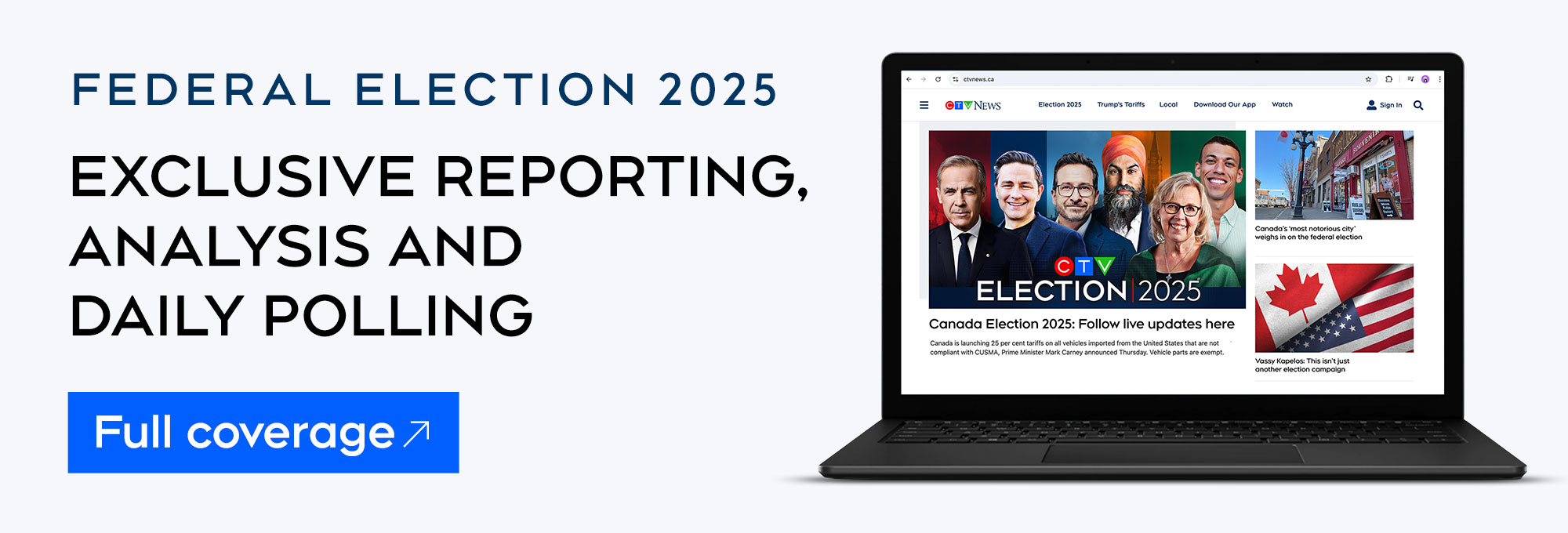More than 600 B.C. forestry leaders, politicians and other officials gathered in Prince George on Friday as the industry faces trade instability.
The 2025 Council of Forest Industries Convention was focused on how the sector can respond to rising U.S. tariffs, global trade uncertainty and regulatory complexity.
Premier David Eby and Forests Minister Ravi Parmar were both in attendance and told CTV News that the province is looking outside the United States market for alternative trading partners, while also working on legislation to increase inter-provincial trade to fill the void.
“There’s definitely a lot more work that we have to do with the forest sector,” said Eby.
“ Our goal is a working forest base of 45-million cubic metres. That’s a very important number for industry.”
The premier believes this will allow for sustainable forest jobs.
However, opposition leader John Rustad questioned whether the goal will ever be achieved after he says the province harvested around 30-million cubic metres last year.
“How are they going to achieve that? You can’t just say it. You actually have to understand what’s driving it,” said Rustad.
When asked about the solutions to the issues facing forestry, the Conservative leader explained that the province needs to change from a saw log to a fiber annual level cut. He says B.C. needs to do away with the stumpage system and move to a different model while also overhauling permitting.
Kim Haakstad, the president and CEO of the B.C. Council of Forest Industries, told CTV News that the forest industry lacks an effective permitting process.
She explained that they generally agree on the public interest goals with the government to ensure that we’re balancing the environment with the economy, but she says they’ve been bogged down in a process.
“That means that we’re not getting the supply of wood to mills in order to produce the products we need,” said Haakstad.
Haakstad went on to say there is too much red tape, and called on the province to get to a point of giving businesses the ability to stabilize.
On Friday, the province announced that to ensure long-term sustainability and jobs, it’s enlisting B.C. Timber Sales (BCTS) to play a larger role in reducing wildfire risk and enhancing forest and community resilience through its operations.
The province explained that this move had become increasingly urgent given the threat of sector-specific United States tariff threats.
BCTS manages forest harvesting on more than 20 per cent of B.C.’s public land, and will now work with all divisions within the Ministry of Forests, local communities, First Nations, and industry partners to reduce fuel loads in high-risk areas, remove health-damaged trees to improve recreational site safety and ecosystem resilience, and expand commercial thinning, among other roles.
During the convention in Prince George, the province outlined its goal of turning around forest and wildfire salvage permits in 25 days instead of 40.
The premier is also said to have announced the approval of the nine-axle lumber truck and trailer combination for use on some logging routes in B.C. to address wood transport costs.








